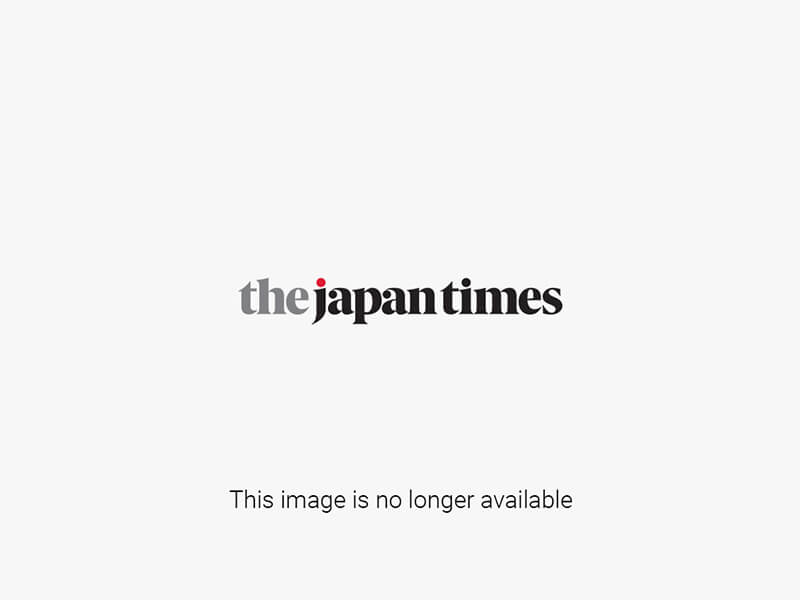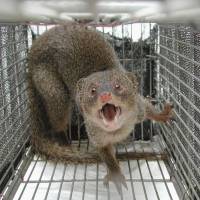Japanese researchers have detected high levels of toxic polychlorinated biphenyls in mongooses found near two U.S. military bases in Okinawa in a recent study.
The team of researchers from Ehime University and Okinawa's Meio University told Kyodo News the source of the pollution was probably transformers or other equipment containing PCBs, and said further studies are necessary, given that nearby residents and other animals could be contaminated as well.
The discovery points to the need for a thorough investigation into how equipment containing PCBs has been and is currently used. U.S. bases in Okinawa are said to have a lot of equipment that still contains PCBs.
The team studied seven mongooses that were either killed on roads or captured for studies on their habitats near U.S. Marine Corps Air Station Futenma and the Makiminato Service Area (Camp Kinser), both on Okinawa Island, in August and September 2008. Their carcasses were preserved for further study.
The researchers found up to 890 nanograms of mono-ortho PCBs, a specific type of PCB with a high toxicity similar to dioxin, per gram of liver fat, and an average of 310 nanograms, both higher than levels reported in mongooses in other parts of Okinawa or in cats, wild boars and raccoons elsewhere in Japan.
Mongooses were chosen for the study because they have a relatively narrow range of movement and are thought to be more likely to reflect local pollution levels, and also because they live close to residential areas in Okinawa.




